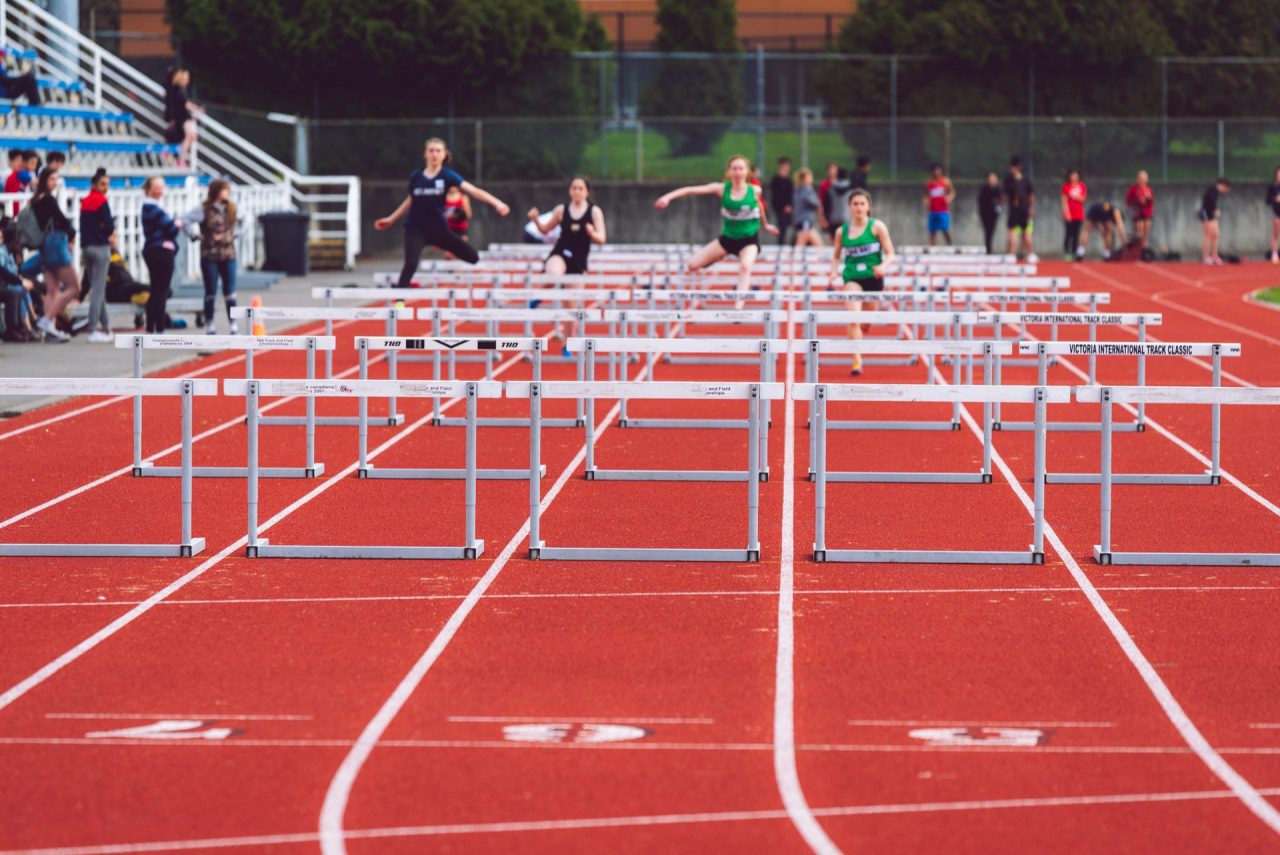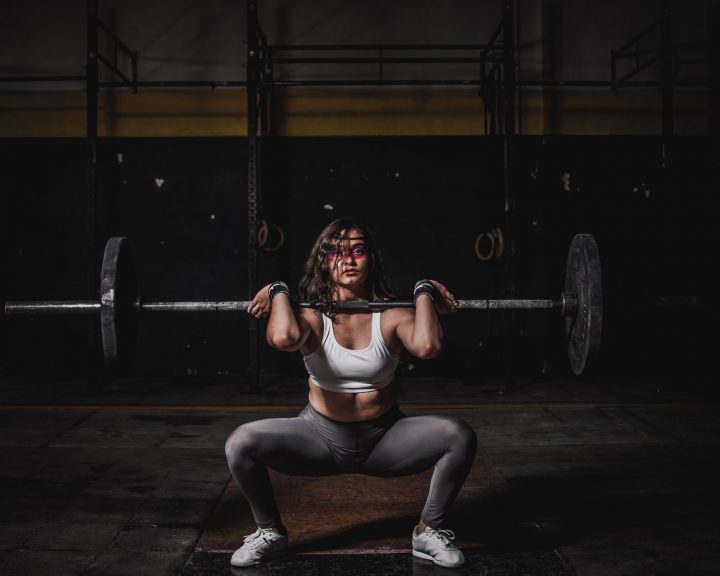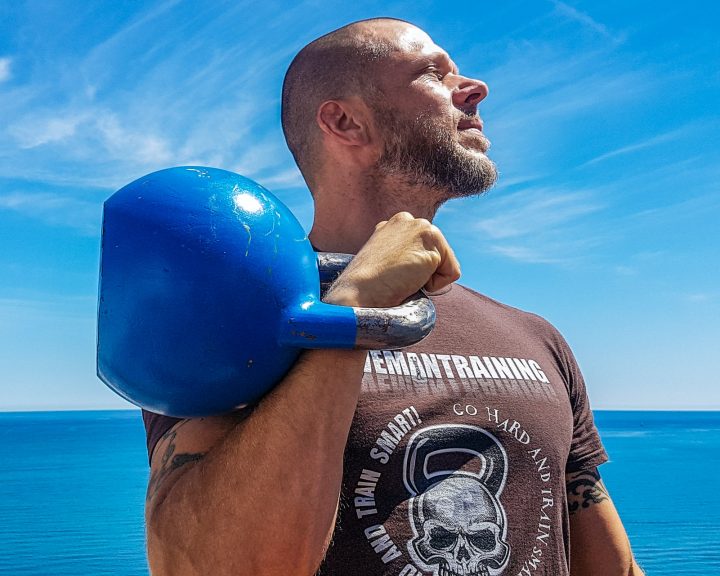Hurdling is considered a sprinting discipline. Many coaching texts point out that athletes don’t jump over hurdles, they run over them. Jimenez-Reyes et al, in the Journal of Strength and Conditioning Research, compared the force velocity profiles of sprinting without hurdles and sprinting with them.
For this study, the authors studied 22 hurdlers that were competing at the national and international levels. The authors report the subjects (female) ran the 100 meter hurdles in 14.86 and (male) the 110 meter hurdles in 14.74 seconds (on average). After warming up, athletes performed 2 maximal 40 meter sprints from a crouching start and 2 maximal 40 meter sprints with hurdles. Data was collected via a radar system.
Results:
- Estimated maximal force: Approximately 17% greater in hurdling than sprinting
- Estimated maximal velocity: Approximately 17% greater in sprinting than hurdling
- Estimated maximal power: Basically the same for both sprinting and hurdling
- Time to 10 meters: Sprinters .9% faster
- Time to 20 meters: Sprinters 5% faster
- Time to 25 meters: Sprinters 7% faster
- Time to 35 meters: Sprinters 11% faster
Unsurprisingly, running over an obstacle slows an athlete down. What is interesting is that clearing the hurdle, touching down, and taking off requires the generation of greater levels of maximal force than running without hurdles. This has interesting implications for the strength training of hurdlers and maybe even their evaluation and selection – particularly at higher levels of competition.
What is unclear from the study is the hurdle placement, as it’s different for the 100 and the 110. It’s unclear if the hurdles were set for race conditions, which the athletes are trained for, but adjusted depending on the athlete’s gender. Or, were the hurdles set at an arbitrary distance in which case the results are not in line with how the athletes train and compete.
Jimenez-Reyes, P., Casado, A., Gonzalez, J.E., Rodriguez-Fernandez, C. (2022). Influence of hurdling clearance on sprint mechanical properties in high-level athletes. Journal of Strength and Conditioning Research, 36(3), 827-831.




